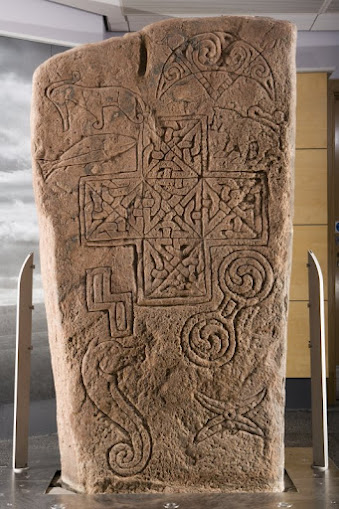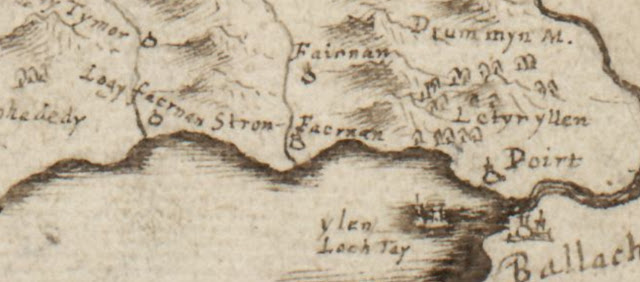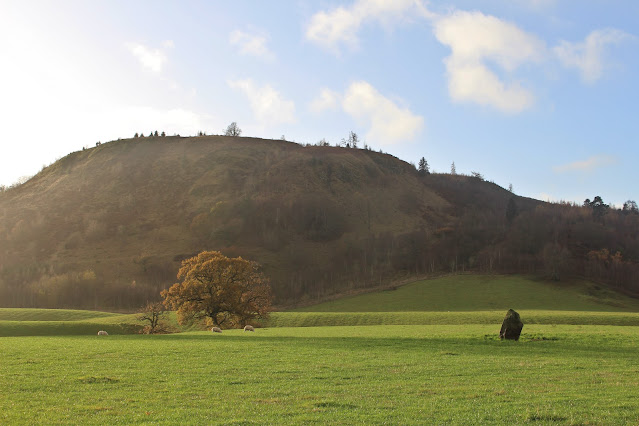The Ulbster Pictish stone

The Ulbster Pictish stone www.canmore.org.uk In the far north of Scotland, there’s a fascinating Pictish stone. The stone was found at a place called Ulbster on the east coast of Caithness. It’s a Class II stone, which dates to around the 8 th /9 th centuries. There’s a Christian cross on one side, with animals, and another Christian cross on the other side, with four symbol pairs. This is the most symbols on any Pictish stone in Scotland. There’s a crescent moon and V rod and an animal below, at the top of the stone. The crescent moon and V rod is a common symbol in the far north of Scotland. There’s a Pictish beastie and a salmon to the left. These two symbols are found on the Craw stone at Rhynie in Aberdeenshire. There are other symbols like a sea horse and a double disc. The Pictish stone may have been located close to a church or monastery. There are also a number of brochs, cairns and hillforts in the area. The four symbol pairs may represent individuals. They may be the trib



